Basic information of drug: DB01577
| Drug id | DB01577 |
| Drug name | Metamfetamine |
| Description | Metamfetamine (methamphetamine) is a psychostimulant and sympathomimetic drug. It is a member of the amphetamine group of sympathomimetic amines. Methamphetamine can induce effects such as euphoria, increased alertness and energy, and enhanced self-esteem. It is a scheduled drug in most countries du... |
| State | solid |
| Cas number | 537-46-2 |
| Synonyms | (+)-(S)-N-α-dimethylphenethylamine (S)-N,α-dimethylbenzeneethanamine (αS)-N,α-dimethylbenzeneethanamine d-1-phenyl-2-methylaminopropane d-deoxyephedrine d-desoxyephedrine |
| Sequences | None |
| Indication | For the treatment of Attention Deficit Disorder with Hyperactivity (ADHD) and exogenous obesity. |
| Pharmacodynamics | Methamphetamine is a potent central nervous system stimulant which affects neurochemical mechanisms responsible for regulating heart rate, body temperature, blood pressure, appetite, attention, mood and responses associated with alertness or alarm conditions. The acute effects of the drug closely re... |
| Mechanism of action | Methamphetamine enters the brain and triggers a cascading release of norepinephrine, dopamine and serotonin. To a lesser extent methamphetamine acts as a dopaminergic and adrenergic reuptake inhibitor and in high concentrations as a monamine oxidase inhibitor (MAOI). The mechanism of action involved... |
| Metabolism | Hepatic. The primary site of metabolism is in the liver by aromatic hydroxylation, N-dealkylation and deamination. At least seven metabolites have been identified in the urine, with the main metabolites being amphetamine (active) and 4-hydroxymethamphetamine. Other minor metabolites include 4-hydrox... |
| Toxicity | Manifestations of acute overdosage with methamphetamine include restlessness, tremor, hyperreflexia, rapid respiration, confusion, assaultiveness, hallucinations, panic states, hyperpyrexia, and rhabdomyolysis. Fatigue and depression usually follow the central stimulation. Cardiovascular effects inc... |
